Fabrics are divided primarily into two broad categories: natural and synthetic fabrics, (Winifred and Aldrich). The natural materials include; wool from animal coats, linen from flax, silk from silkworms and cotton from cotton-plant. The synthetic fabrics, on the other hand, are man-made, and they include; acrylic, rayon, nylon polyester and spandex. Cotton can be produced more cheaply compared to other fabrics and thus it is the most commonly used fabric. They have an excellent flexibility, are durable and resilient. The most attractive feature of cotton is their softness. As a fabric, it is commonly used in curtains and upholstery. Cotton fabrics have a high absorbing retardant ability. Cotton is often used in upholstery and in making cushions towels and curtains.
Linen is produced from flax fibers. It wrinkles easily and is commonly blended with synthetic fabrics to reduce the wrinkling effect, (Contract). It is also resilient and durable making it suitable for use in upholstery and curtains but often goes well with the country and traditional interiors. They are also flexible and can be made in varying weights. Silk fabrics are soft and sturdy materials made from silkworm cocoons. They have a high absorbent capacity and can be modified into various fabrics. It can also be used in upholstery. They are also used in curtains due to their beautiful draping properly. They are significantly affected by the sun Wool is produced from animal coating and is a soft fabric that can be woven into various fabrics, (Marypaul). Wool is used for making beddings, cushions, blankets and throws due to their ability to resist dirt. Due to its resiliency, it can be effectively used in upholstery. These natural fabrics are commonly blended with synthetic fabrics to improve their qualities.
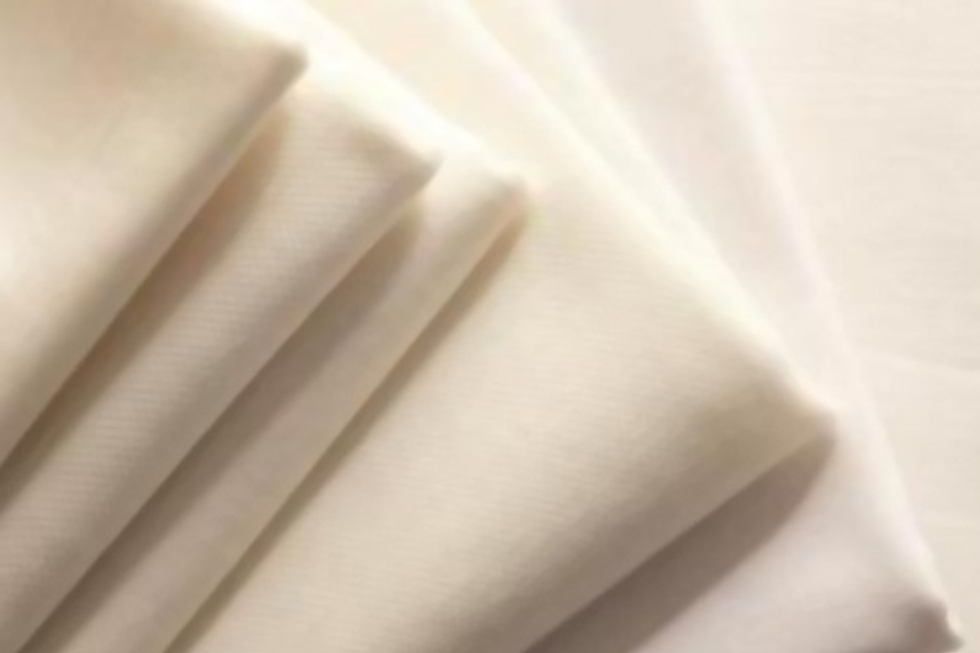
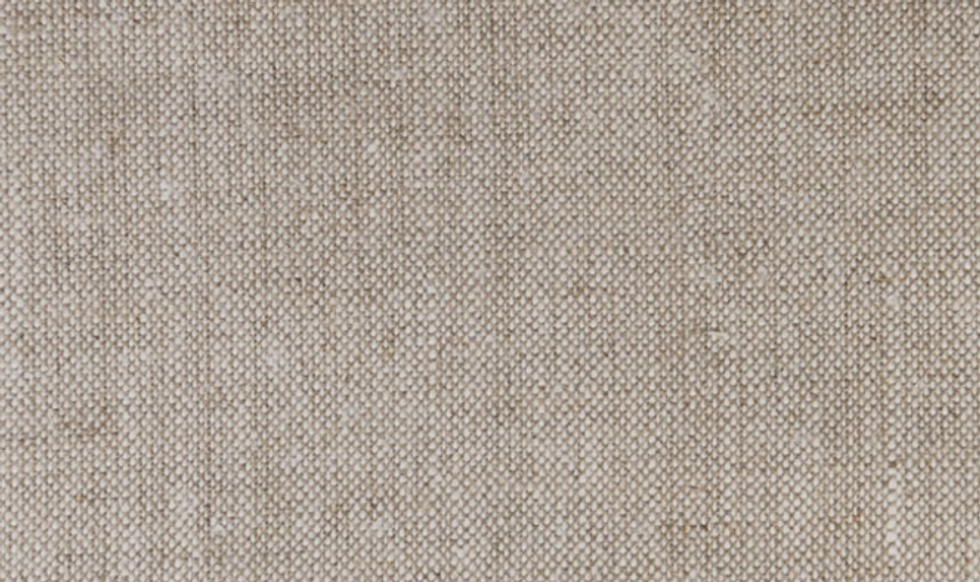
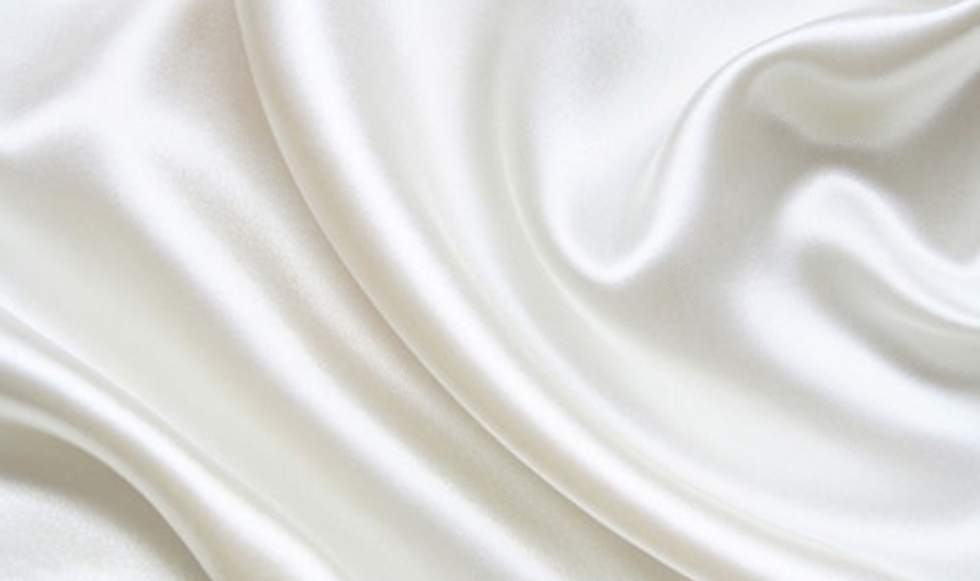
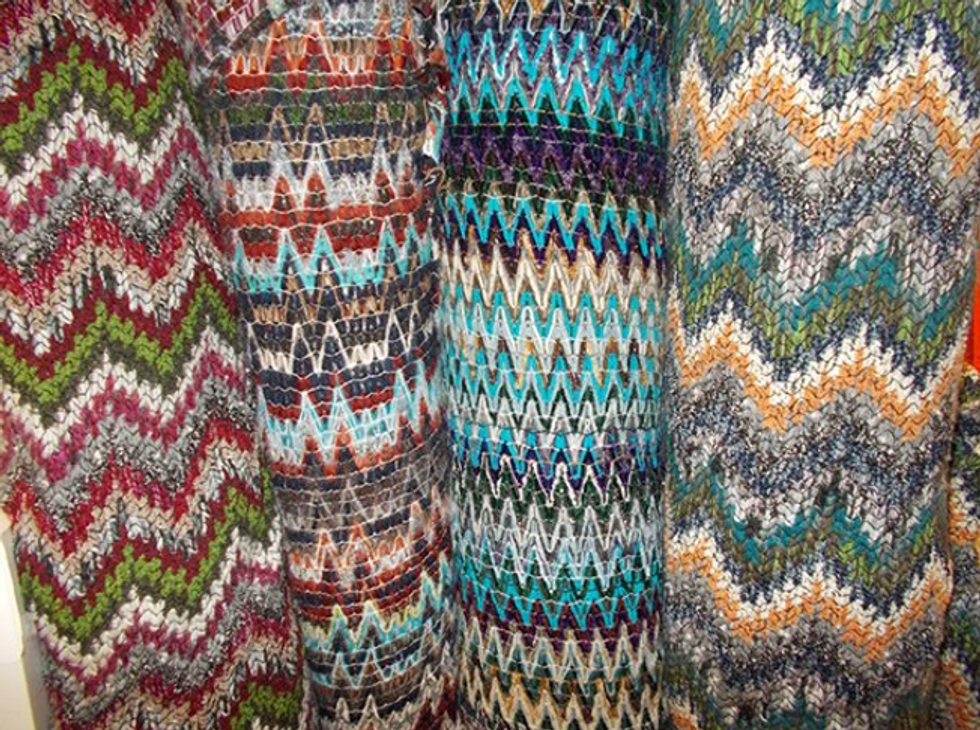
Linings are materials used to provide a supporting finishing, concealing the garment thus prolonging its lifespan. There are different types of linings. An example of a lining is soft cotton which is used to support simple outfits such as skirts. They are smooth and breathable. Interlinings are materials used between the lining and the garment. They are used to keep the garment in the desired shape. They are usually very flexible, have a soft texture and are thick. They are normally made of nylon viscose, wool, cotton and polyester. They are capable of resisting shrink and crease. There are two main types of interlinings, that is, the fusible and the no-fusible interlinings. The type of interlining discussed in this paper is the fusible interlinings. The fusible interlinings are the most commonly used interlinings. It is used between the lining and the garment layer by applying heat and pressure for about 2 to 20 seconds. It can be used for all types of garments. There are six other types of fusible interlinings which include PVA coated interlining, PVC coated interlining, polyethylene coated interlining, polyamide coated interlining, polyester coated interlining and polypropylene coated interlining. With the exception of polypropylene coated interlining, all these interlinings are used as resin coats, (Marypaul). Most of the fabrics attached with these types of interlinings can be washed with water.
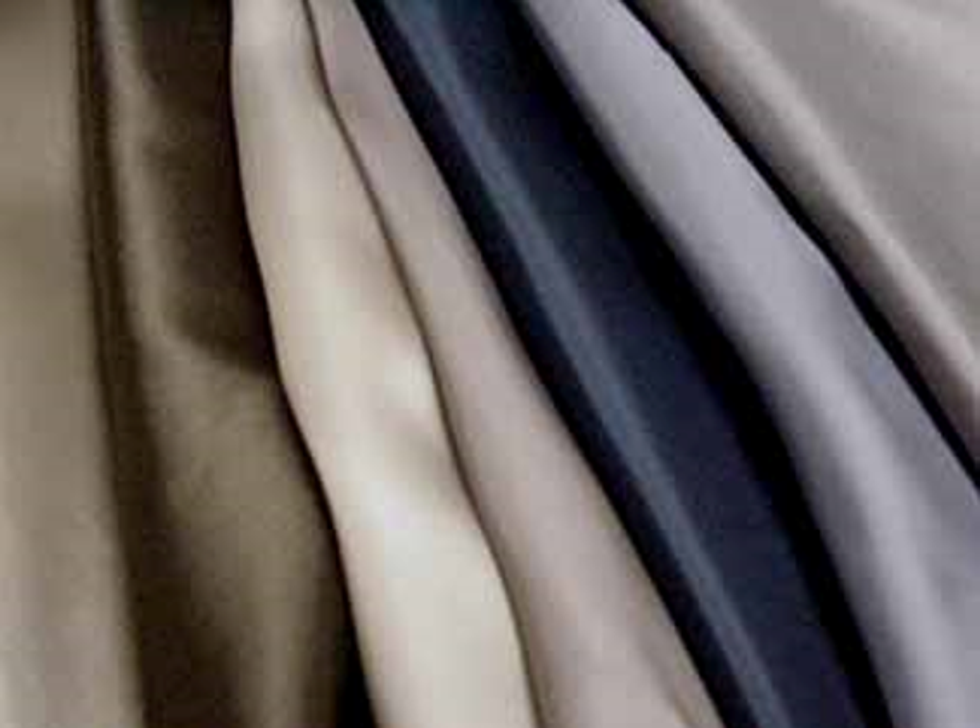
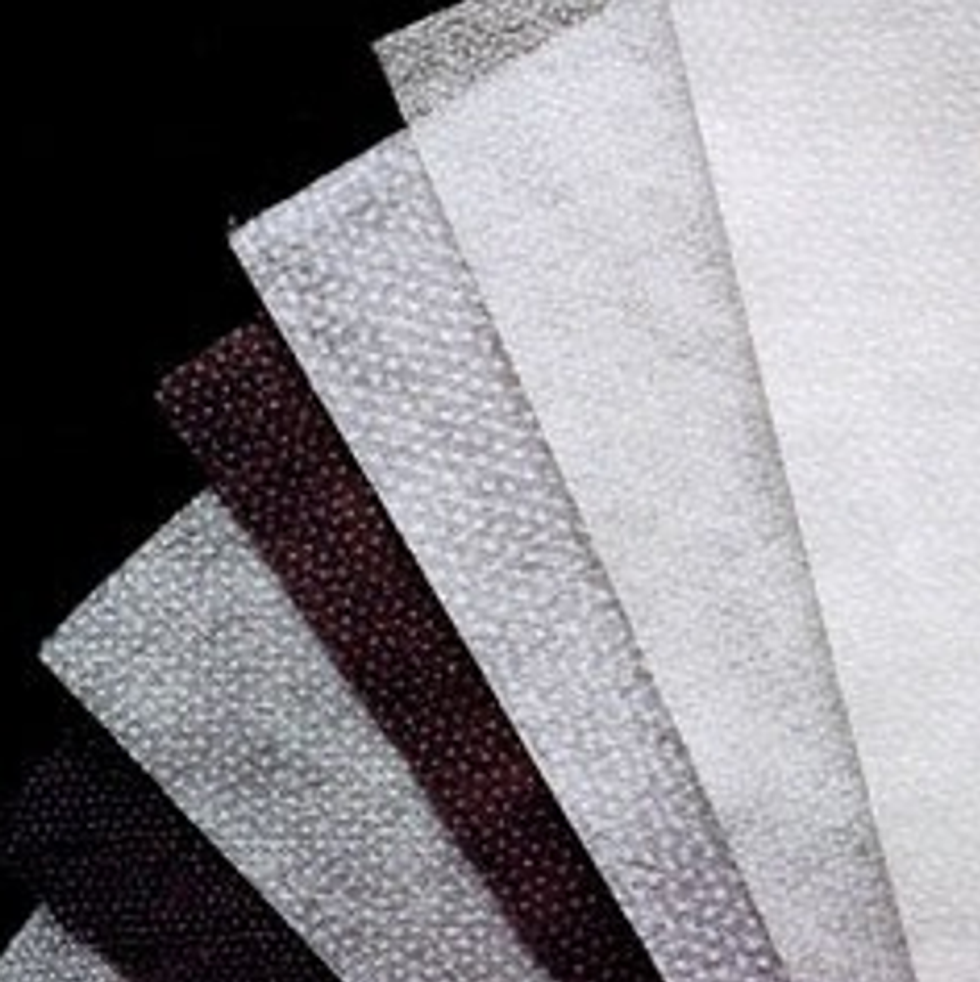
Primarily, there are two types of fire retardant fabrics namely, the chemically treated and inherently treated fabrics. Inherently fire retardant fabrics are suitable for use at home as curtains and drapes to protect against fire and chemically treated materials due to their structure. They include fabrics like wool and Kevlar, (Marypaul). On the other hand, chemically treated retardant fabrics are fabrics that are coated with chemicals that are fire resistant. The use of fire retardant fabrics is important since they help reduce the risk and spread of fire. Its relevance is revealed especially in the modern homes where the use of electricity is widespread, and thus, the risk of fire is high. More importantly, fire retardants are used to protect the public, especially the most vulnerable groups from the risks of fire. Due to their delayed ignition, they give the public time to escape from the fire spot. This delay also helps in reducing the intensity of burning and the spread of fire.
The rules and regulations that govern the use of fire retardant fabrics in the U.S. apply primarily to the social activities such as theatre events, trade show exhibitions and touring shows. The use of fire retardant draperies is recommended in the public events by the National Fire Protection Association (NFPA). However, there are no laws developed to regulate the use of fire retardant fabrics in U.S. The NFPA instead has put up standards that must be met for the use of quality fire retardant fabrics. For the fabrics to be certified fire retardant, the NFPA tests the fabrics by burning a piece of the fabric and measuring the duration it takes for it to be ignited. The fabrics are regarded as flame retardant if they meet the standards set by the NFPA. The standards require that a fabric is considered fire retardant if they are treated with chemicals that are fire resistant after being woven. The standards also require that the fire retardant procedures are topically applied to treat cotton and other natural fabrics. It also requires the treatment of particular synthetic fabrics. The standards set by the NFPA also require that the draperies that are made from the flame retardant procedures should be continuously tested for their ability to resist flame. The NPFA also issues a certificate of fire retardancy to certify the ability of the fabrics to withstand fire.

















